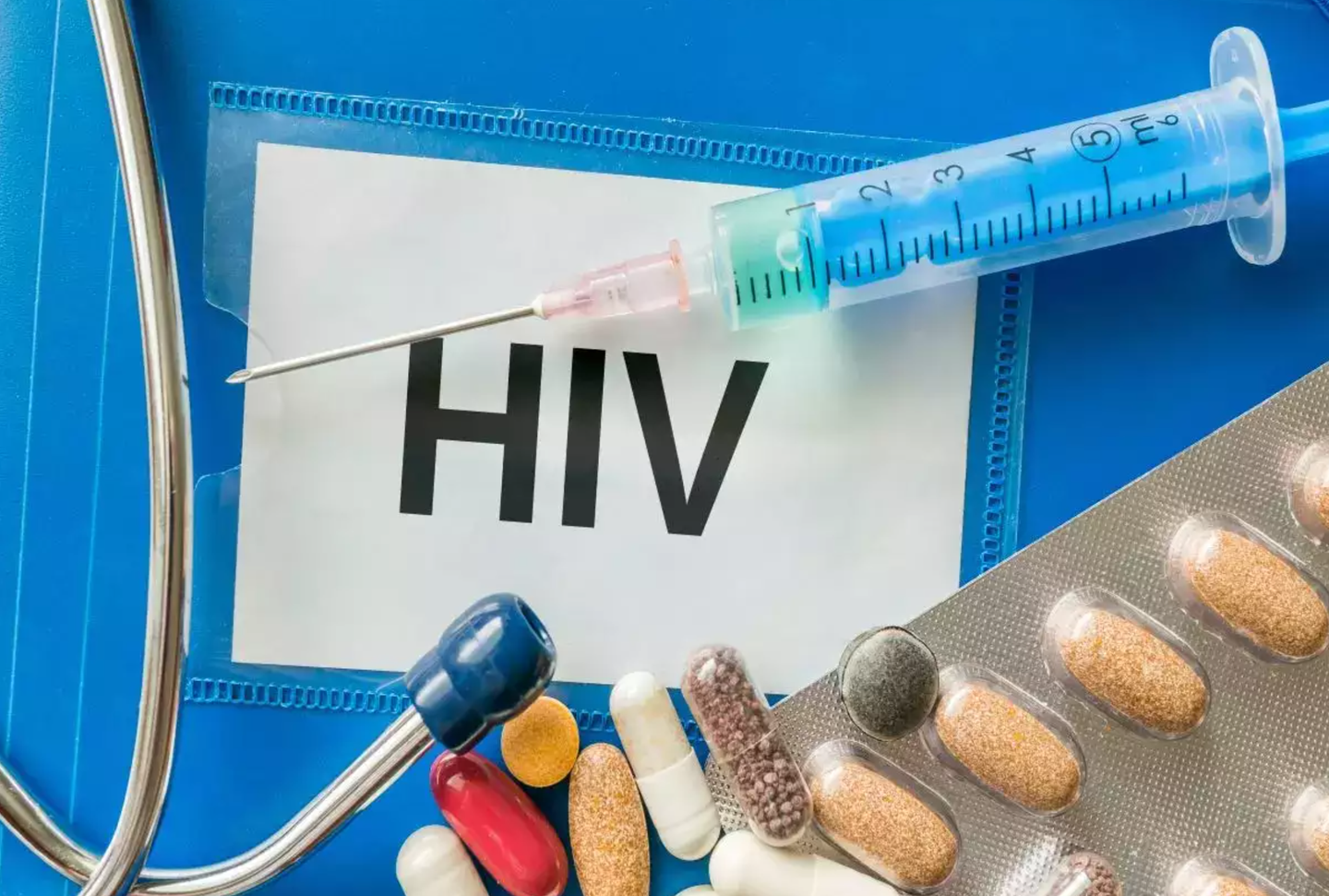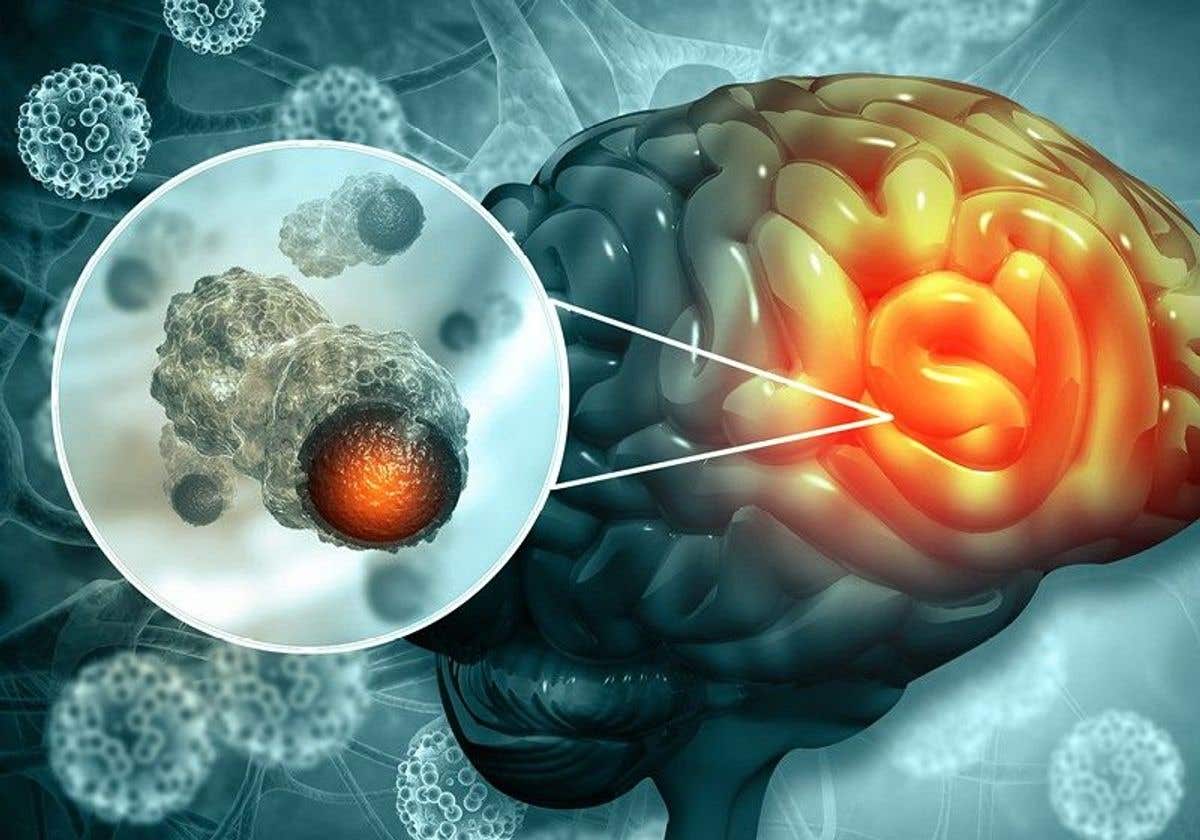A lifesaving HIV vaccine may be close at hand
The HIV vaccine strategy aims to stimulate the body to produce mature broadly neutralizing antibodies (bnAbs)

Trials suggest scientists are closer than ever to developing an immunization regimen that could produce rare antibodies effective against a wide range of HIV strains. (CREDIT: Creative Commons)
A major challenge in developing an HIV vaccine is the virus's rapid mutation rate. When someone gets infected with HIV, they initially contract one or a few strains. However, the virus quickly replicates and mutates, creating a swarm of different strains within the body. This mutation rate makes it difficult for a single vaccine to be effective. But scientists at Scripps Research, IAVI, the Ragon Institute of Mass General, MIT, and Harvard, La Jolla Institute for Immunology, and other institutions have conducted promising preclinical trials. These trials suggest that they are closer than ever to developing an immunization regimen that could produce rare antibodies effective against a wide range of HIV strains.
The findings, published in Science, Science Immunology, and Science Translational Medicine, are detailed in four papers. They build on a 2022 phase I clinical trial by the nonprofit scientific research organization IAVI. This progress marks a significant step forward in creating an immunization strategy to protect against HIV.
"These studies show we have a good chance of creating an effective HIV vaccine—we just need to keep iterating and build on these findings in future clinical trials," says William Schief, PhD, co-senior author of all four studies. Schief is a Scripps Research professor, vice president for antigen design and selection at Moderna, Inc., and executive director of vaccine design at IAVI's Neutralizing Antibody Center.
The Strategy: Broadly Neutralizing Antibodies
The HIV vaccine strategy aims to stimulate the body to produce mature broadly neutralizing antibodies (bnAbs). These bnAbs are crucial because they can block many HIV variants. However, the human body rarely produces bnAbs. The IAVI trial, led by Schief, focused on inducing immune cells to evolve into bnAbs that could protect against multiple HIV strains. The researchers used a priming immunogen—a customized molecule—to stimulate the immune system and elicit responses from the correct precursor cells, known as B cells.
However, priming alone isn't enough. Additional "booster" immunogens are needed to push the immune system to produce not just precursor cells but specific bnAbs. These include the VRC01-class bnAbs, which can neutralize over 90% of diverse HIV strains, and BG18, another important bnAb class that binds to sugars on the HIV spike protein. The new studies developed immunization regimens to prime VRC01 or BG18 precursors and boost them further toward becoming bnAbs.
"The results are deeply exciting and support the germline-targeting strategy to HIV vaccine development that IAVI and our partners are pursuing," says Mark Feinberg, MD, PhD, president and CEO of IAVI. "We look forward to continuing our collaboration to advance further research building on these promising findings."
This groundbreaking research is a result of collaboration between scientific institutions and funding partners. The ongoing support from the Scripps Consortium for HIV/AIDS Vaccine Development (CHAVD), the Collaboration for AIDS Vaccine Discovery (CAVD), the Bill & Melinda Gates Foundation, and Moderna was crucial for these studies.
In the first study, focusing on BG18, Scripps Research scientists worked with Shane Crotty, PhD, chief scientific officer at La Jolla Institute for Immunology, and Devin Sok, PhD, former vice president at IAVI. They successfully primed rare BG18 precursors in a wild-type animal model. Using cryo-EM structural analysis, they confirmed that the antibodies were indeed part of the BG18 class.
"The fact that priming worked well in macaques suggests it has a good chance of succeeding in humans," says Jon Steichen, PhD, an institute investigator at Scripps Research and co-first author of the study.
In a second study, mice were modified to produce a low frequency of BG18 precursors. Using similar priming methods, they also administered boost immunogens using RNA technology, enhancing the primed B cells to recognize more native-like versions of HIV.
"This study showed that we can start to walk the B cells toward bnAb development," Steichen explains.
Supercharging the Immune System
In the third study, Schief and his team primed a mouse model with the same immunogen used in the 2022 IAVI clinical trial, resulting in VRC01-class precursor B cells similar to those in humans. They designed a new booster immunogen to drive the antibody response toward matured bnAbs. The prime-boost regimen successfully guided VRC01-class B cells toward bnAb development.
"The findings demonstrate that we can steer the antibody responses in the right direction using this heterologous booster," says Christopher Cottrell, PhD, a senior staff scientist at Scripps Research and first co-author of the study.
The fourth study, led by Cottrell and Batista’s team at the Ragon Institute, used the same immunogens in a different mouse model. This allowed them to control the frequency of bnAb precursors similar to those found in humans, enabling a deeper examination of the immunology associated with HIV vaccination. They found that a prime-boost regimen increased precursor B-cell activity in germinal centers, potentially leading to more matured VRC01-class bnAbs.
What’s Next
Overall, these studies confirm that priming the right bnAb precursors is possible in developing an HIV vaccine. Three of the papers specifically show that it's possible to guide these precursors toward becoming bnAbs capable of fighting HIV.
"These findings give us more confidence that we can prime precursors from multiple bnAb targets and advance their maturation through heterologous boosting," Schief adds.
The researchers are now advancing phase 1, experimental medicine trials for the VRC01 and BG18 projects. Vaccines to prime and boost VRC01-class antibodies are being evaluated in two clinical trials (IAVI G002 and IAVI G003), while a vaccine to prime BG18-class responses is being evaluated in HVTN144. These studies use both adjuvanted protein immunizations and mRNA delivery.
The results of these studies will guide the next critical steps toward discovering an effective HIV vaccine.
Note: Materials provided above by the The Brighter Side of News. Content may be edited for style and length.
Like these kind of feel good stories? Get the Brighter Side of News' newsletter.
Joshua Shavit
Science & Technology Writer | AI and Robotics Reporter
Joshua Shavit is a Los Angeles-based science and technology writer with a passion for exploring the breakthroughs shaping the future. As a contributor to The Brighter Side of News, he focuses on positive and transformative advancements in AI, technology, physics, engineering, robotics and space science. Joshua is currently working towards a Bachelor of Science in Business Administration at the University of California, Berkeley. He combines his academic background with a talent for storytelling, making complex scientific discoveries engaging and accessible. His work highlights the innovators behind the ideas, bringing readers closer to the people driving progress.



